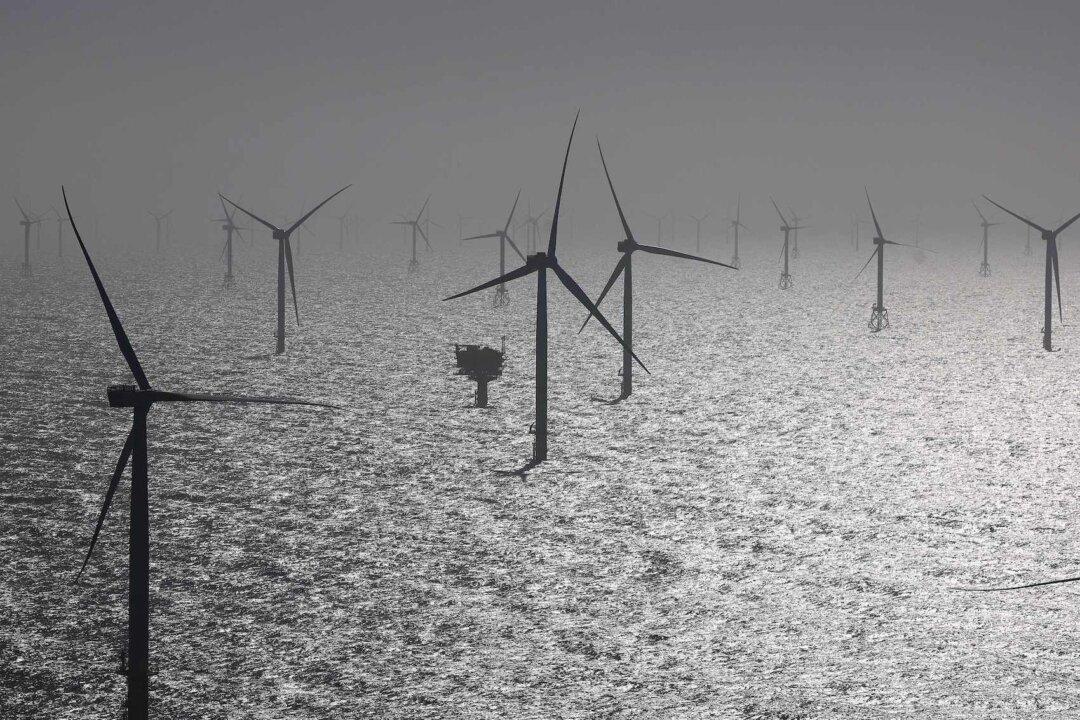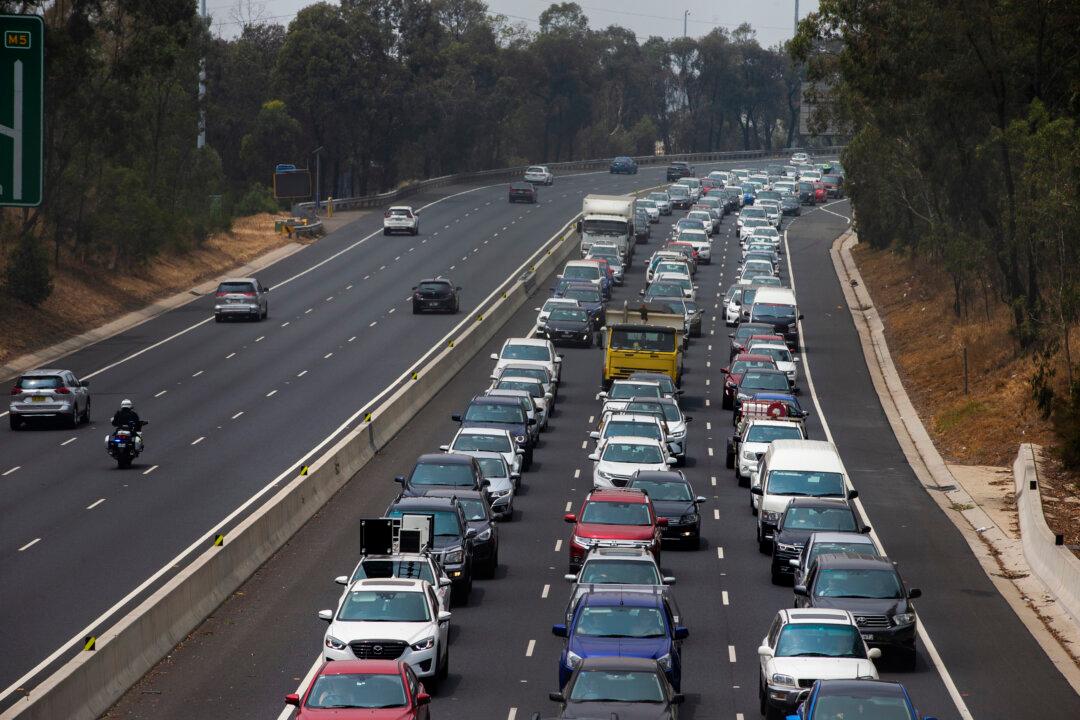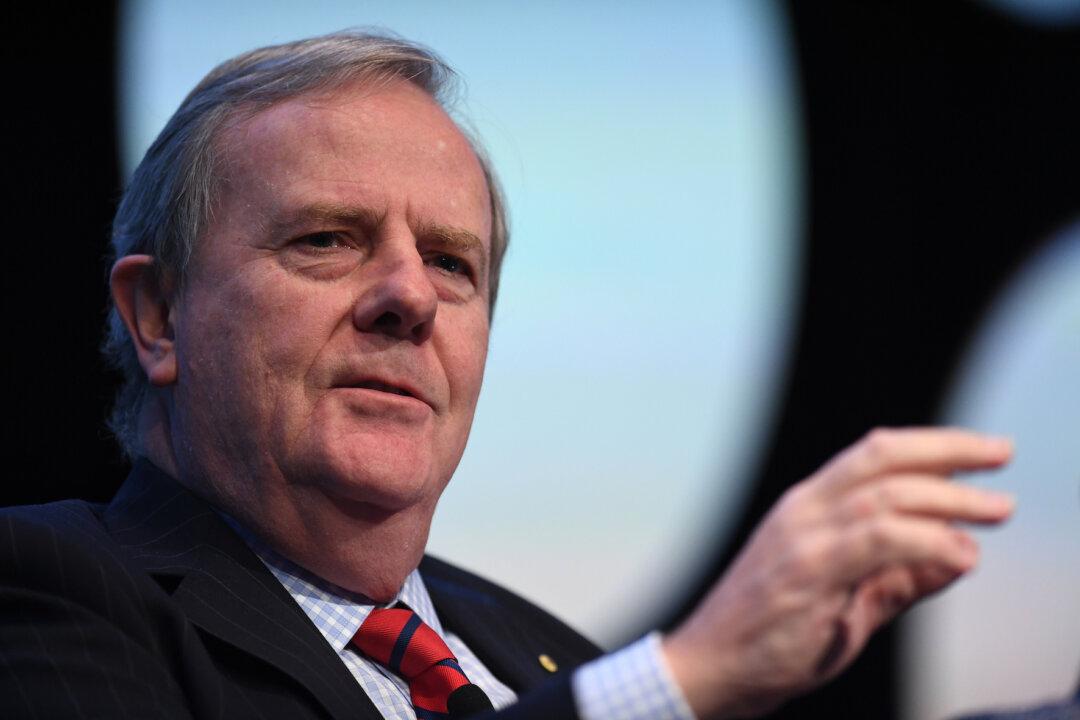Feasibility licences have been granted for several wind farm projects to get underway off Victoria’s coast as part of the state’s energy transition away from coal-fired power stations.
So far, licences have been granted to six projects, namely the Star of the South, High Sea Wind, Gippsland Skies, Blue Mackerel North, Kut-Wut Brataualung, and Orsted’s Gippsland.





